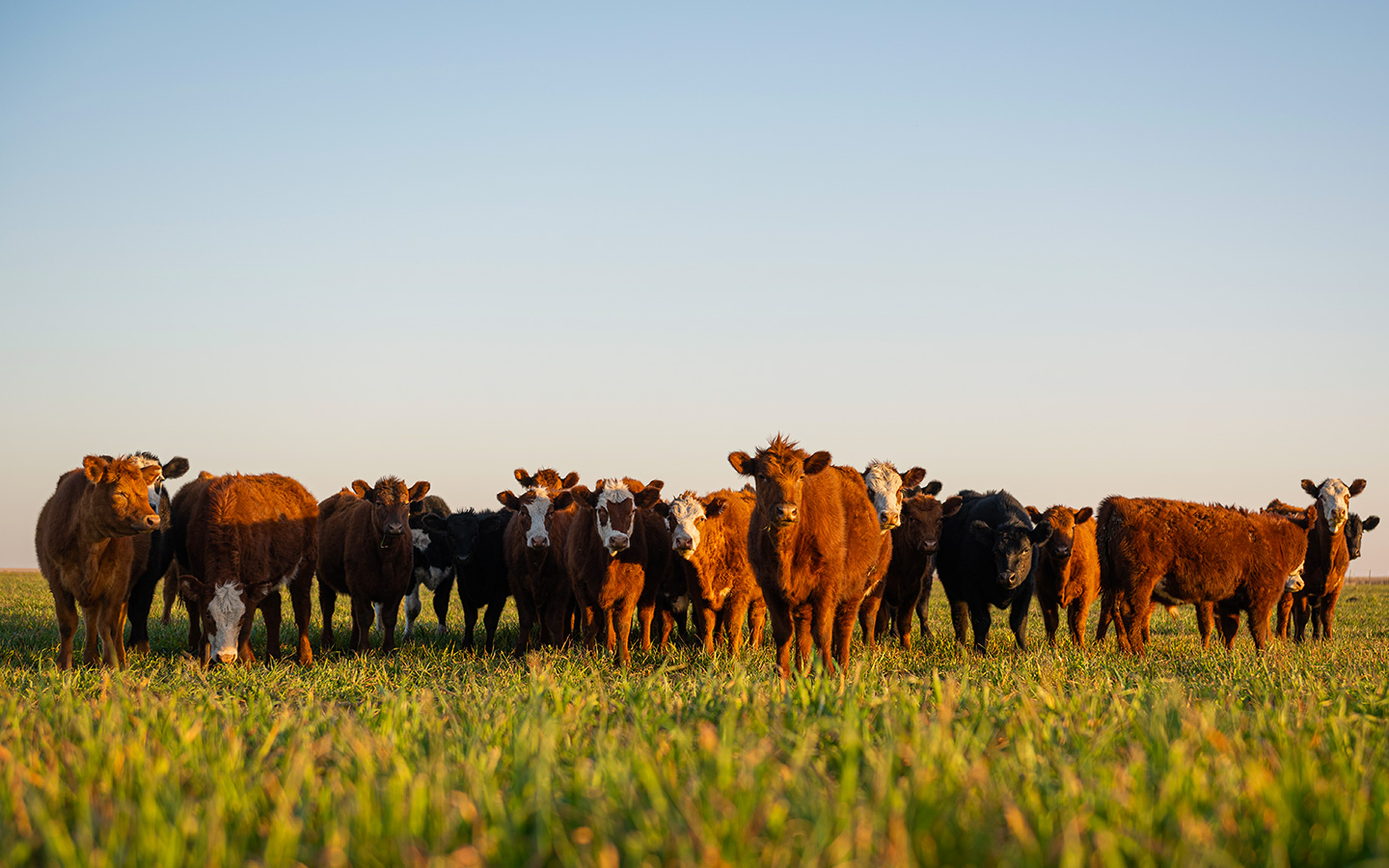
Using Low Stress Livestock Handling for Conflict Prevention
Ranching operations use LSLH to meet a multitude of stewardship goals, but one particularly fascinating application is to manage the risks associated with large carnivores on the landscape. Ranchers are putting stockmanship to use in diverse operational contexts and anecdotally experiencing a variety of outcomes in relation to wolves, bears, and other predators.
An often-misunderstood aspect of LSLH is the notion that it will result in “dull” cattle, or livestock that are so docile that they become difficult to move through pastures, to drive or trail from one location to another, or process through corrals. Many of us have experienced the frustrations of trying to accomplish anything with “pasture cows”, or cattle that are desensitized to the point of becoming unresponsive. LSLH also does not mean moving at a snail’s pace every time we work cattle or sheep. In fact, some practitioners of LSLH jokingly refer to “slow stress” handling as a common misapplication of techniques thought to be meeting the principles of LSLH.
A goal of LSLH is to let, and in some cases re-train, the animals to do what we want them to do based on their own instincts. We want to encourage them through our movement and actions to be calm and responsive as a herd. And as a herd to remain calm under pressure from us or other sources, such as wolves. Herds handled in this manner have been described as keeping track of their calves better, having better control over their flight or fight responses, and better maintaining condition, weight gain, and conception rates while sharing the landscape with predators.
Sam Ryerson, a ranch hand with a decade of experience managing livestock in both gray and mexican wolf territory, believes the benefits of LSLH are real. “We’re aiming for cattle to respond productively to pressure, training them to get a release from pressure when they slow down and stick together. I think this herd response can help protect cattle from predators,” Ryerson says. “This way of handling and managing cattle has many valuable benefits beyond managing predator conflict [too]. I’m not sure that we can really prevent conflict, but by maintaining a regular presence in our cattle, knowing them and their environment, we can tell when something is wrong and make plans to adjust to fit the situation,”




